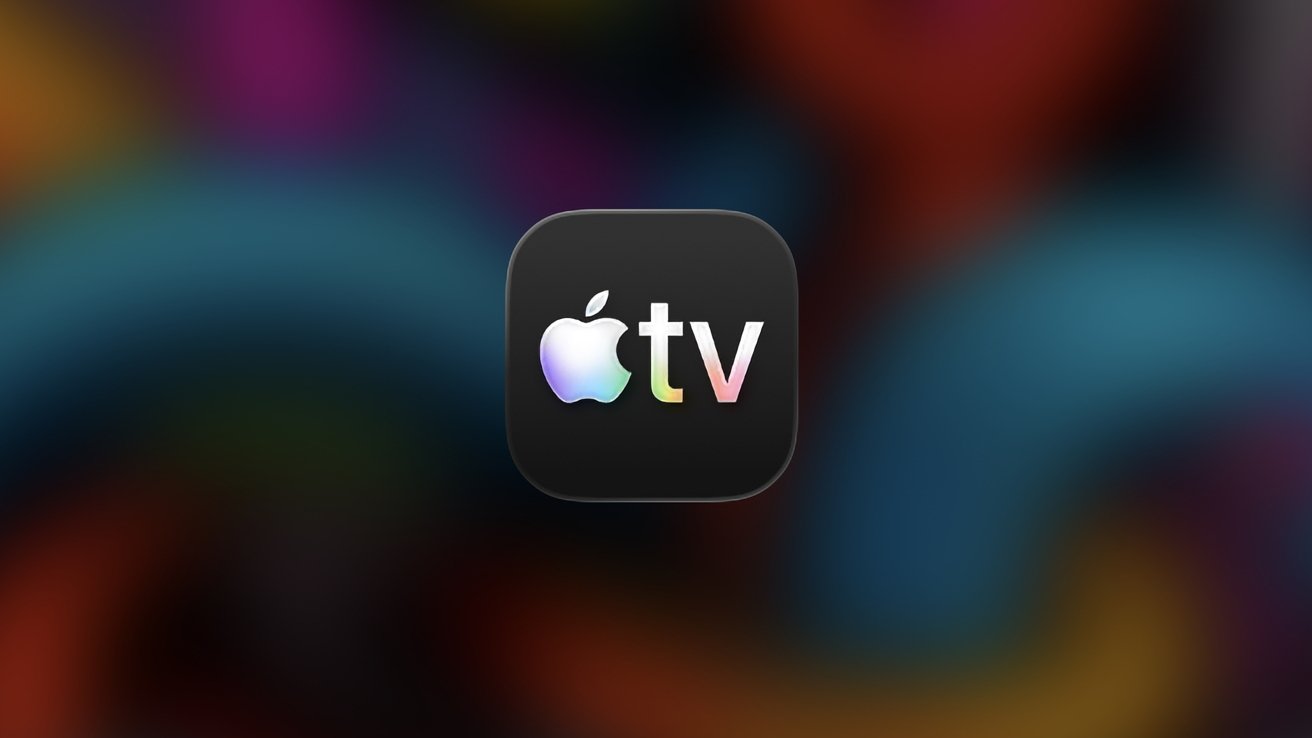Apple to End Support for Legacy Home Architecture by February 2026
Apple has announced that it will discontinue support for its original Home architecture on February 10, 2026. This decision provides users with additional time to transition to the updated system and ensure their smart home setups remain functional.
Background and Timeline
In May 2025, Apple initially declared plans to phase out the older Home architecture by the fall of that year. This move was anticipated, especially after the iOS 18.4 developer beta included prompts urging users to upgrade to the latest Home architecture. However, Apple has now extended the support period, setting the new end date for February 10, 2026.
Reasons for the Transition
Apple emphasizes the importance of upgrading to the new Home architecture to avoid service interruptions. The updated system offers several enhancements, including:
– Guest Access: Allows temporary users to control specific devices without full access.
– Integration with Robot Vacuum Cleaners: Seamless control and automation of compatible cleaning devices.
– Activity History: Provides logs of device interactions for better monitoring and security.
Requirements for the New Architecture
To transition to the updated Home architecture, users must ensure their devices meet the following criteria:
– Operating Systems: Devices should run iOS 16.2, iPadOS 16.2, macOS Ventura 13.1, tvOS 16.2, or watchOS 9.2, or later versions.
– Compatible Devices: This includes iPhones, iPads, Macs, Apple TVs, HomePods, and Apple Watches.
Devices operating on earlier software versions will lose access to the Home app until they are updated, as the new architecture was introduced with iOS 16.2.
Historical Context
The journey to this transition began in November 2022 with the release of iOS 16.2, which introduced a revamped HomeKit architecture aimed at improving performance and reliability. However, initial adoption faced challenges:
– December 2022: Reports emerged of devices becoming unresponsive or stuck in an updating state after the upgrade. In response, Apple temporarily withdrew the update.
– February 2023: Apple reintroduced the improved Home architecture with the release of iOS 16.4, addressing previous issues and offering a more stable experience.
Despite these improvements, many users opted to remain on the older architecture to ensure compatibility with existing HomeKit accessories. With the upcoming discontinuation, upgrading becomes imperative.
Steps to Upgrade
Apple has provided a straightforward process for users to transition to the new Home architecture:
1. Open the Home App: Launch the Home app on your iPhone, iPad, or Mac.
2. Access Home Settings: Tap or click the More button, then select Home Settings. If you manage multiple homes, choose the relevant one first.
3. Navigate to Software Update: Within Home Settings, select Software Update.
4. Initiate the Upgrade: Tap or click Update Now and follow the on-screen instructions.
This process will simultaneously update all homes associated with your account, streamlining the transition.
Implications for Users
The shift to the new Home architecture signifies Apple’s commitment to enhancing the smart home experience. Users can anticipate:
– Improved Performance: Faster response times and more reliable device interactions.
– Expanded Features: Access to new functionalities like guest access and activity history.
– Future Compatibility: Ensuring devices remain compatible with upcoming Apple software and hardware innovations.
However, users should be aware that some older accessories may not be compatible with the new architecture. It’s advisable to check with accessory manufacturers for compatibility information and consider upgrading devices that are not supported.
Conclusion
Apple’s decision to discontinue support for the original Home architecture by February 2026 underscores the company’s dedication to advancing smart home technology. Users are encouraged to upgrade promptly to benefit from enhanced features and maintain seamless operation of their smart home ecosystems.



